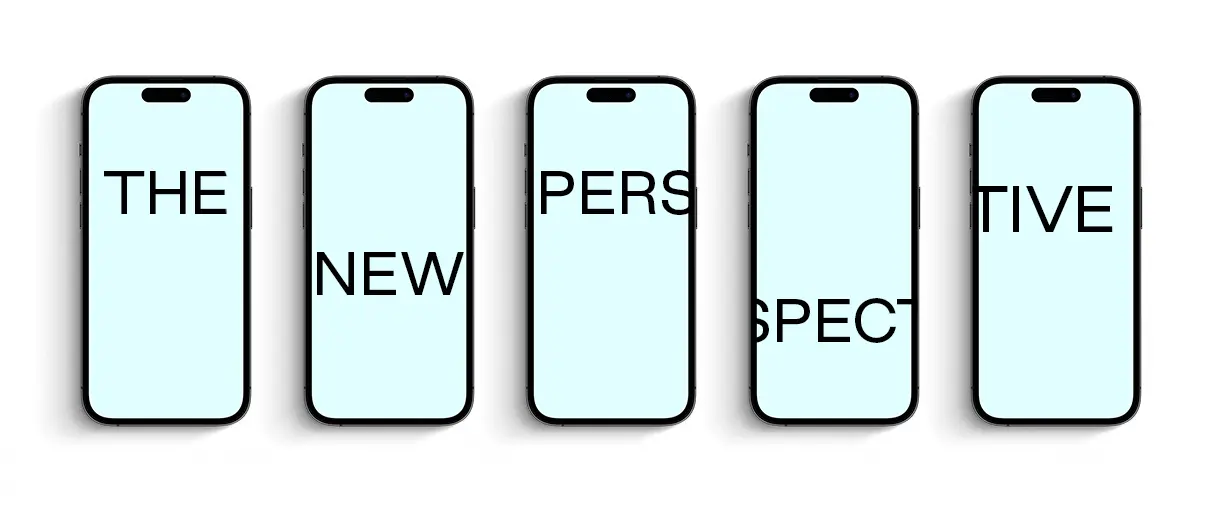The new perspective

Summary
If you’re planning to run your ads in social media, but your budget doesn’t allow you to shoot two variations of a video, consider that vertical video takes up 78% more
real estate on someone’s phone than widescreen video does. Your brand should be thinking about vertical (or portrait) orientations instead of horizontal (landscape) for your marketing, both online and off.
How vertical video went from an embarrassment to the norm
Have you seen broadcast ads lately that have been shot as vertical, or “portrait,” videos—and wondered what’s up?
The roots of this trend go back to 2009, when Apple first released video-enabled iPhones. While phones had video capability before that, the App Store ecosystem allowed the iPhone to spearhead a true industry upheaval.
Camera diehards still dutifully packed their DSLRs for family outings, but advances in lens, processing and editing capacity gradually eroded market share for cameras. By 2010, digital camera sales were in free-fall.
Apart from their small size and their convenience, phone cameras did present one problem: they were almost always held upright, meaning that most on-the-fly videos were vertical, rather than the traditional horizontal, or “landscape,” format.
At first, kids (the most common subjects of said videos) mocked their parents (the most common shooters of said videos) for shooting vertical videos.
But content creators quickly adapted to the inevitable: launched in 2011, Snapchat encouraged users to take and share vertical photos and videos.
By 2018, 70% of Millennials had stopped turning their phones horizontally to watch video.
Marketers have followed for one simple reason: vertical video takes up 78% more real estate on someone’s phone than widescreen video does.
If you’re planning to run your ads on smartphones but your budget doesn’t allow for a double-sized film crew to shoot two variations of the same video, it might be time to shift your perspective—literally.